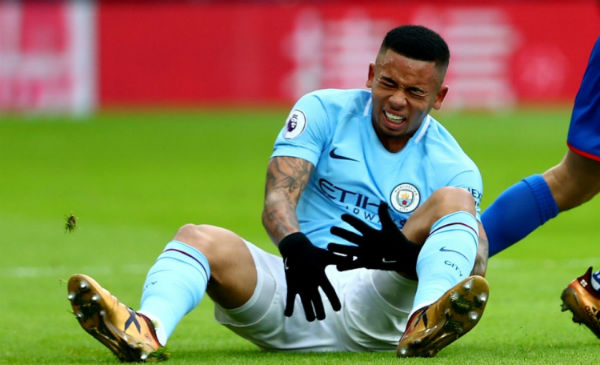
A sports hernia is a nasty injury that can happen at almost any time without warning. The causes behind it are multifaceted, which means getting it properly diagnosed can be extremely difficult—especially if you go to a general physician.
Get the ULTIMATE Sports Hernia Master Guide with 30+ included resources, an in-depth rehabilitation program, tips, tricks, and more! Successfully diagnose, treat, and cure your sports hernia with this complete master guide created by a sports hernia specialist. Note that it is still highly recommended to read this article in full to understand how to get the most out of the guide to treat and cure your sports hernia or groin pain.
Why is it a bad idea to go to a general doctor? While they are knowledgeable in treating traditional issues, gilmore’s groin is relatively new in the medical community. Though it has grown in clout over the past few years, it is still hard to find a doctor who knows the ins and outs of what is actually going on.
And so, if you decide to take a visit there anyways, they will give you the normal prescription: go back home, rest, ice it, and try to feel better after a few days.
You wait a few days, confident that all of the extra rest you are getting is allowing your body to heal. About a week goes by and you decide it’s time to see if you can exercise again—bam, you’re right back where you started with terrible pain.
The problem is, rest just doesn’t cut it for this. If you decide to rest only, you can be sure that mistake will ensure your indirect hernia never goes away.
Taking a step back, if we understand how it develops in the first place, it makes perfect sense why resting would be a terrible idea.
As your hip and glutes become inhibited, your inner and outer leg muscles responsible for adduction and abduction (moving your leg in or out) become weak and begin to atrophy.
Living with a Sports Hernia? Don’t Let It Get Worse!
So what is the actual solution then?
Strengthening! Once you begin to target and exercise those smaller muscles of the hip, it will relieve pressure from the injury site and actually allow you to begin healing.
What are those muscles?
- Abductors
- Adductors
- Rectus Abdominis (lower abs)
While you are doing that, you want to make sure to build mobility in your glutes, hamstrings, and hip flexors—these areas get really tight and, when coupled with the weak muscles listed above, compound to create the injury in the first place.
As you begin to follow the protocol above, you will start to re-train and correct your body’s natural posture and alignment. While that is taking place, the muscular asymmetries that formed will begin to even out. Your body will finally be able to move and function like it was meant to!
For actual exercises, physical therapy protocols, a timeline, additional factors, and several other critical aspects of treatment, view our extensive 10,000+ word guide to rehabilitating your sports hernia injury.
